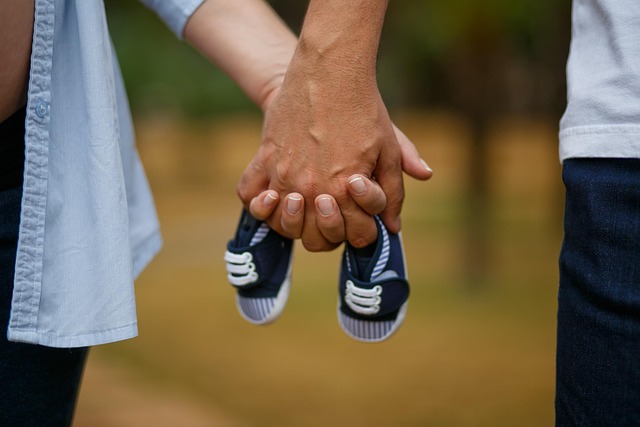“Look, it’s Uncle Marcus!”
Initially, I was baffled by how my brother, who lives far away, had seemingly appeared in our living room, only to realize my 2-year-old son was pointing at the television. The image displayed was of NBA star Kobe Bryant. Standing at 6-foot-6, Kobe was a world apart from my brother, who barely scrapes 5-foot-9 on a good day. No one would ever confuse him for a professional athlete.
On another occasion, my brother morphed into LeBron James and Seattle Seahawks quarterback Russell Wilson. A few weeks later, Uncle Marcus had become a random college basketball player from one of those lesser-known NCAA tournament teams that always get eliminated in the first round. (Yes, I watch a lot of sports.)
While I was fully aware that my brother had little in common with these icons, I quickly realized what was happening: my son was beginning to recognize skin color.
Uncle Marcus had a “brown” complexion like the African-American athletes my son, Leo, observed on TV. Despite being a bit older than those college players, the similarities were enough for Leo to make those connections. The comparisons were amusing, but they also filled me with anxiety.
I wasn’t apprehensive about discussing race. As a Black mother, I understand that these conversations are essential and often happen sooner for Black families out of necessity. I was aware of the developmental milestones where children begin to notice differences in skin color as early as infancy and can start naming them by age 2 or 3.
However, I felt uncertain about how to approach this topic with a biracial child—one who might struggle to identify as either Black or white and might not fully grasp the concept of being “both.”
At first, I questioned whether I had somehow failed in exposing him to a broader spectrum of people of color. While we live next to a lovely Indian family and his daycare is filled with children from various backgrounds, the adults he interacted with regularly were predominantly white. Black role models were scarce. Despite my family’s efforts to engage with Leo, Uncle Marcus was the only young Black male adult he saw frequently. I worried he might begin associating Blackness with sports alone.
As a mixed-race child, Leo was also seeing these athletes as distinct from himself, even though he had a brown-skinned mother. I remember asking similar questions at his age about why some people had white skin when everyone around me was brown.
“So what color are you?” I asked him one day.
Without hesitation, he replied that he was “white, like Daddy.”
“You’re both brown and white,” I clarified. “You’re part like Mommy and part like Daddy.”
To his credit, Leo wasn’t entirely off in distinguishing between white people either. On TV, “Daddy” included everyone from singer Michael McDonald to various politicians debating health care reform. He noted skin color but also recognized differences in age and body types, associating specific white men with Dad and Black women with me. It was heartening to see he was considering attributes beyond just skin tone.
The more I listened, the more reassured I became. Yes, my son noticed color differences, but he hadn’t internalized societal messages that devalue one skin tone over another. He acknowledged his friends with brown skin and even those from “China,” but never labeled their skin or eyes as strange or inferior. Children can begin to develop racial biases at a young age, but his observations seemed refreshing.
Perhaps our efforts as a family to engage in cultural activities, seek diverse friendships, and choose literature and media that reflect the richness of America were paying off. Leo saw it as normal for kids to have parents of different colors and to interact freely with friends from all backgrounds. He could embrace both his “brown” family and “peach” family comfortably.
I’m not naive enough to think this level of racial harmony will last indefinitely. As children age, they inevitably start processing negative messages from the outside world. But I believe that fostering authentic friendships early on, regardless of race or ethnicity, is a positive foundation.
Now at age 5, Leo’s understanding of his identity and racial awareness has evolved, but he still views the world in Crayola colors. No longer does he identify solely as “white like Daddy.” He proudly declared one evening in the bathtub that he was the same color as his younger brother (who hadn’t yet arrived).
Maybe he’s light brown, but certainly not as brown as Mommy, who he describes as “brown like Uncle Marcus.” These days, he compares Uncle Marcus to a select few athletes and musicians, like Sean Combs.
Leo appreciates being a little of both, and I cherish that too.
Conclusion
In summary, recognizing race is a natural developmental stage for children, including those who are biracial. Engaging openly with these conversations and fostering diverse relationships can help children navigate their identities positively. For those considering family expansion, you can explore options like at-home insemination here. For more on pregnancy and related topics, check out this excellent resource from the NIH here.
